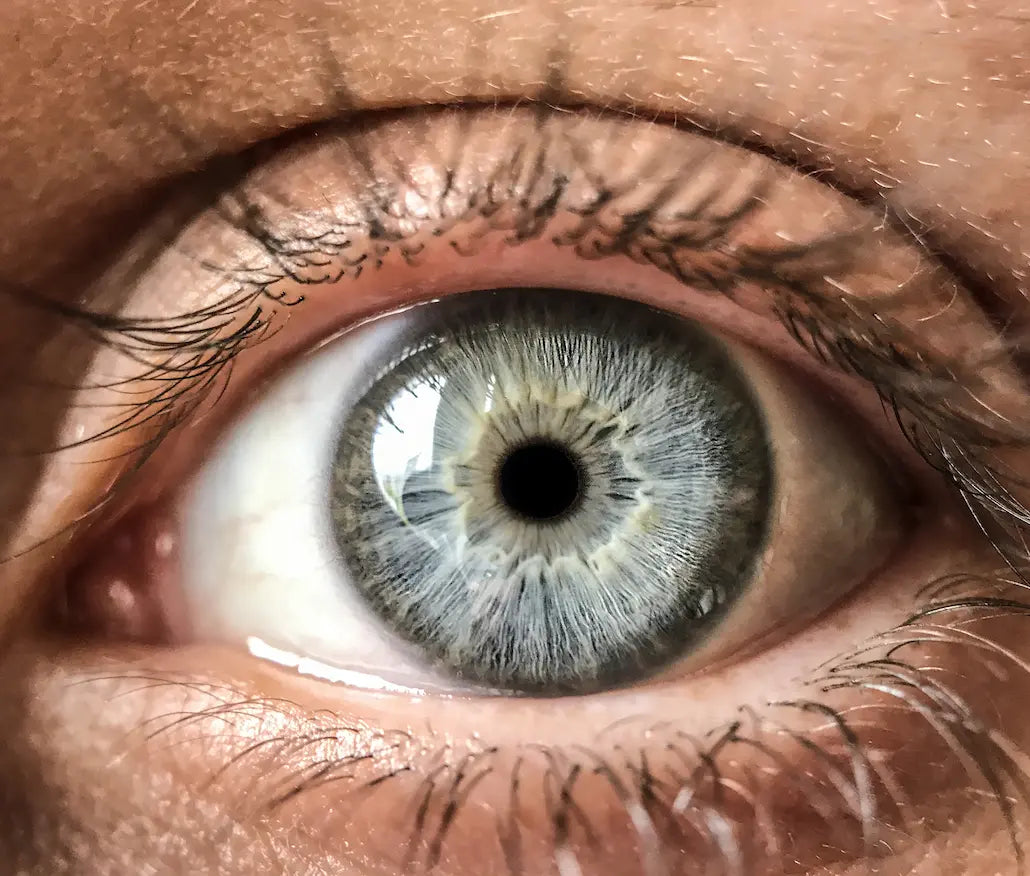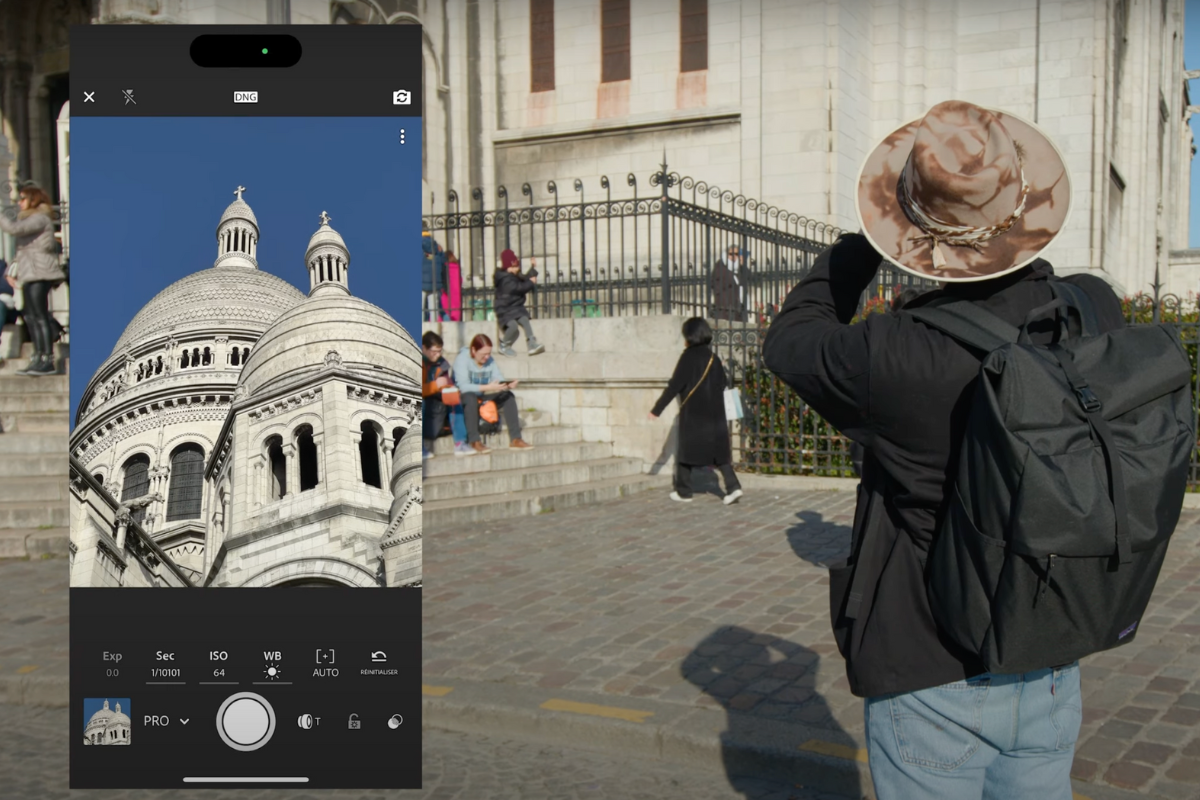With the increasingly advanced technology of our smartphones, taking professional photos with a simple cell phone has become possible. If you want to capture high-quality images without investing in expensive equipment, this article is for you.
In this article, we will discuss some simple tips for taking professional photos with your smartphone.
First, it's important to understand that the quality of your smartphone's camera may vary depending on the make and model. However, there are some techniques you can use to improve the quality of your photos, no matter what brand of phone you have.
In this article, we'll give you tips for improving your composition, lighting, focus, and more. So, if you are ready to improve the quality of your photos taken with your smartphone, read on to discover the tips we have prepared for you.
Tips for taking professional photos with your smartphone:
Understanding the composition:
Composition is one of the most important aspects of photography. It is the art of arranging elements in the frame to create an image that is pleasing to the eye.
To improve your composition, you can use the rule of thirds, which involves dividing the image into thirds horizontally and vertically, and placing important elements at the intersection points. This makes the image more balanced and more pleasing to the eye.
Depth of field is also an important element of composition. It refers to the area of sharpness in the image. By playing with depth of field, you can create interesting images by focusing on a subject and blurring the background.
For this, you can use the selective focus effect on your smartphone.
Finally, visual balance is important to prevent the image from appearing too busy on one side or the other. You can use elements of the environment to balance the image, such as buildings or trees to frame the subject.
Use natural light:
Lighting is also a key element of photography. If you want to take professional photos with your smartphone, you need to understand how to use natural light to your advantage.
The best lighting conditions are usually sunrise and sunset, as the light is softer and warmer. If you are taking photos in broad daylight, avoid direct sunlight which can create harsh shadows and unwanted reflections.
Look for shaded areas or diffuse light with a diffuser or reflective screen. If you're shooting in low light, increase your camera's ISO to increase image brightness, but keep in mind that this can create digital noise.
You can also use a tripod or stable surface to avoid motion blur.
Use focus:
Focusing is another important aspect of photography. It refers to the sharpness of the image and can be used to create interesting effects and to make the subject of the image stand out.
Most smartphones have an autofocus feature, but it's important to know how to use it to get the best results.
You can use selective focus to highlight the subject of the image by blurring the background. To do this, touch the subject on the screen of your smartphone and it will focus automatically.
You can also manually adjust the focus by tapping the screen and dragging the slider to adjust the sharpness.
Finally, if you're shooting moving photos, use burst mode to capture multiple images in quick succession. This will give you a better chance of getting a sharp and successful photo.
You can then select the best image from the series to share or edit.
In short, taking professional photos with your smartphone requires understanding the different aspects of photography, such as composition, lighting and focus.
By following the tips we have mentioned, you will be able to create professional quality images with your smartphone. However, keep in mind that the quality of your smartphone's camera can also play an important role in the quality of your photos.
Ultimately, it's important to practice and experiment to find what works best for you and to develop your own style of photography.




